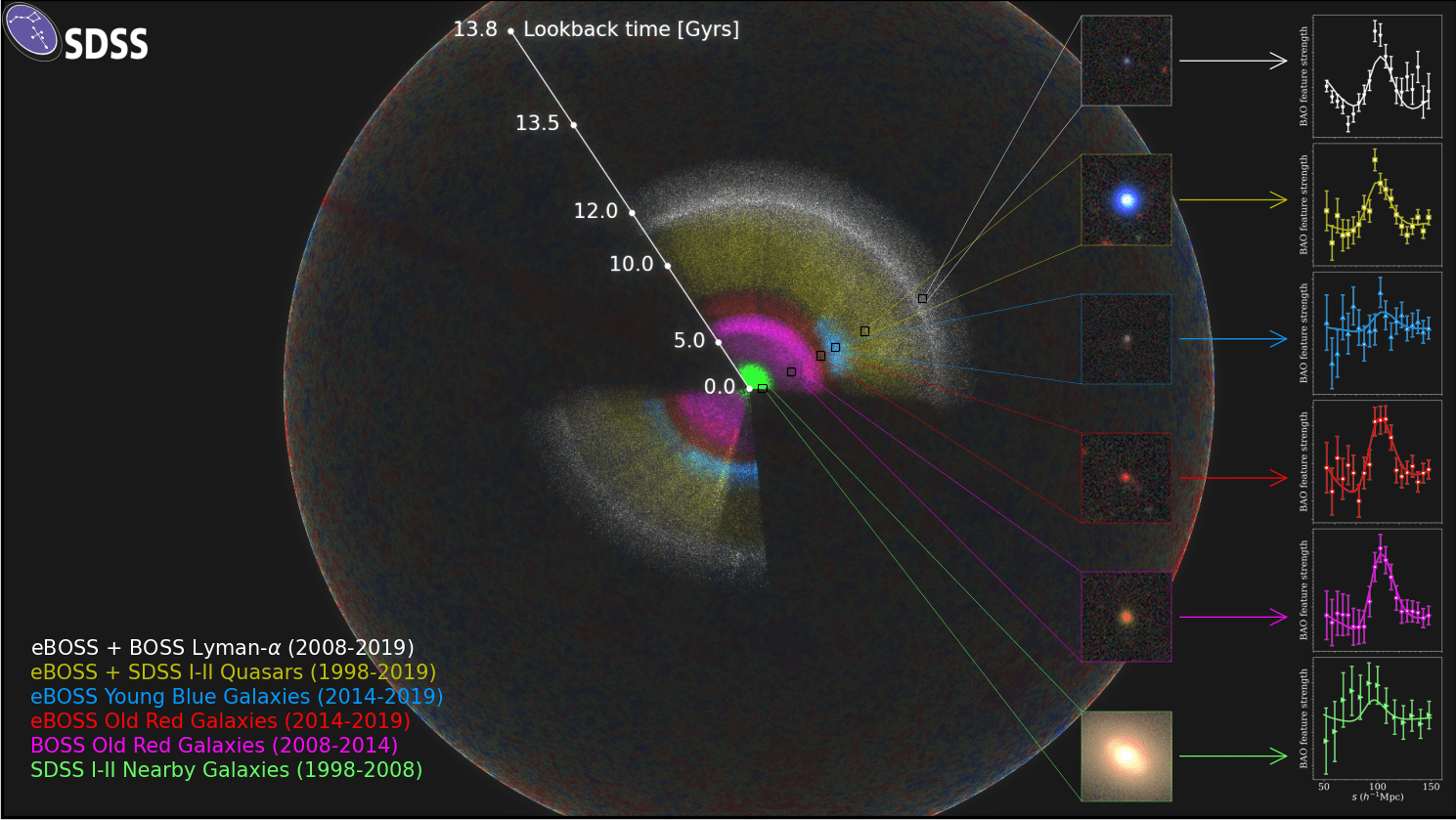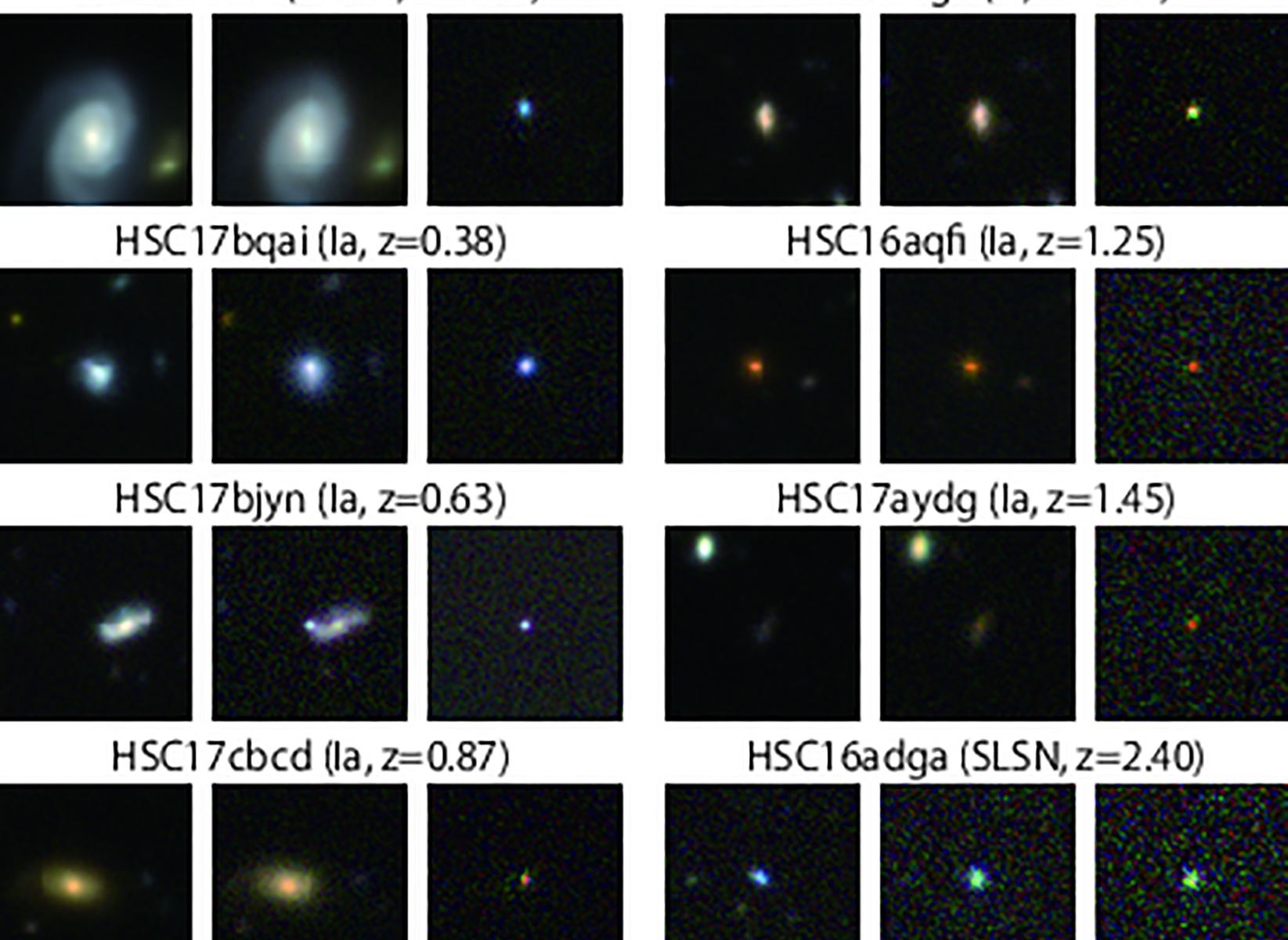Cosmology is now stranger to large scale surveys. The discipline prides itself on data collection, and when the data it is collecting is about galaxies that are billions of years old its easy to see why more data would be better. Now, with a flurry of 29 new papers, the partial results from the largest cosmological survey ever – the Dark Energy Survey (DES) – have been released. And it largely confirms what we already knew.
Continue reading “Dark Energy Survey is out. 29 Papers Covering 226 Million Galaxies Across 7 Billion Light-Years of Space”One of These Pictures Is the Brain, the Other is the Universe. Can You Tell Which is Which?

“Science is not only compatible with spirituality; it is a profound source of spirituality. When we recognize our place in an immensity of light years and in the passage of ages, when we grasp the intricacy, beauty and subtlety of life, then that soaring feeling, that sense of elation and humility combined, is surely spiritual.” – Carl Sagan “The Demon-Haunted World.”
Learning about the Universe, I’ve felt spiritual moments, as Sagan describes them, as I better understand my connection to the wider everything. Like when I first learned that I was literally made of the ashes of the stars – the atoms in my body spread into the eternal ether by supernovae. Another spiritual moment was seeing this image for the first time:

Take a Flight Through the Most Detailed 3D Map of the Universe Ever Made
Once I accidentally took a photo of one of the most important stars in the Universe…

That star highlighted in the photo is called M31_V1 and resides in the Andromeda Galaxy. The Andromeda – AKA M31- is the closest galaxy to our own Milky Way. But before it was known as a galaxy, it was called the Andromeda Nebula. Before this particular star in Andromeda was studied by Edwin Hubble, namesake of the Hubble Space Telescope, we didn’t actually know if other galaxies even existed. Think about that! As recently as a hundred years ago, we thought the Milky Way might be the ENTIRE Universe. Even then…that’s pretty big. The Milky Way is on the order of 150,000 light years across. A light year is about 10 TRILLION kilometers so even at the speed of light it would take nearly the same length of time to cross the Milky Way as humans have existed on planet Earth. M31_V1 changed all that.
Continue reading “Take a Flight Through the Most Detailed 3D Map of the Universe Ever Made”A New Telescope is Ready to Start Searching for Answers to Explain Dark Energy

Back in 2015, construction began on a new telescope called the Dark Energy Spectroscopic Instrument (DESI). Later this year, it will begin its five-year mission. Its goal? To create a 3D map of the Universe with unprecedented detail, showing the distribution of matter.
That detailed map will allow astronomers to investigate important aspects of cosmology, including dark energy and its role in the expansion of the Universe.
Continue reading “A New Telescope is Ready to Start Searching for Answers to Explain Dark Energy”Over a Hundred New Large Objects Found in the Kuiper Belt
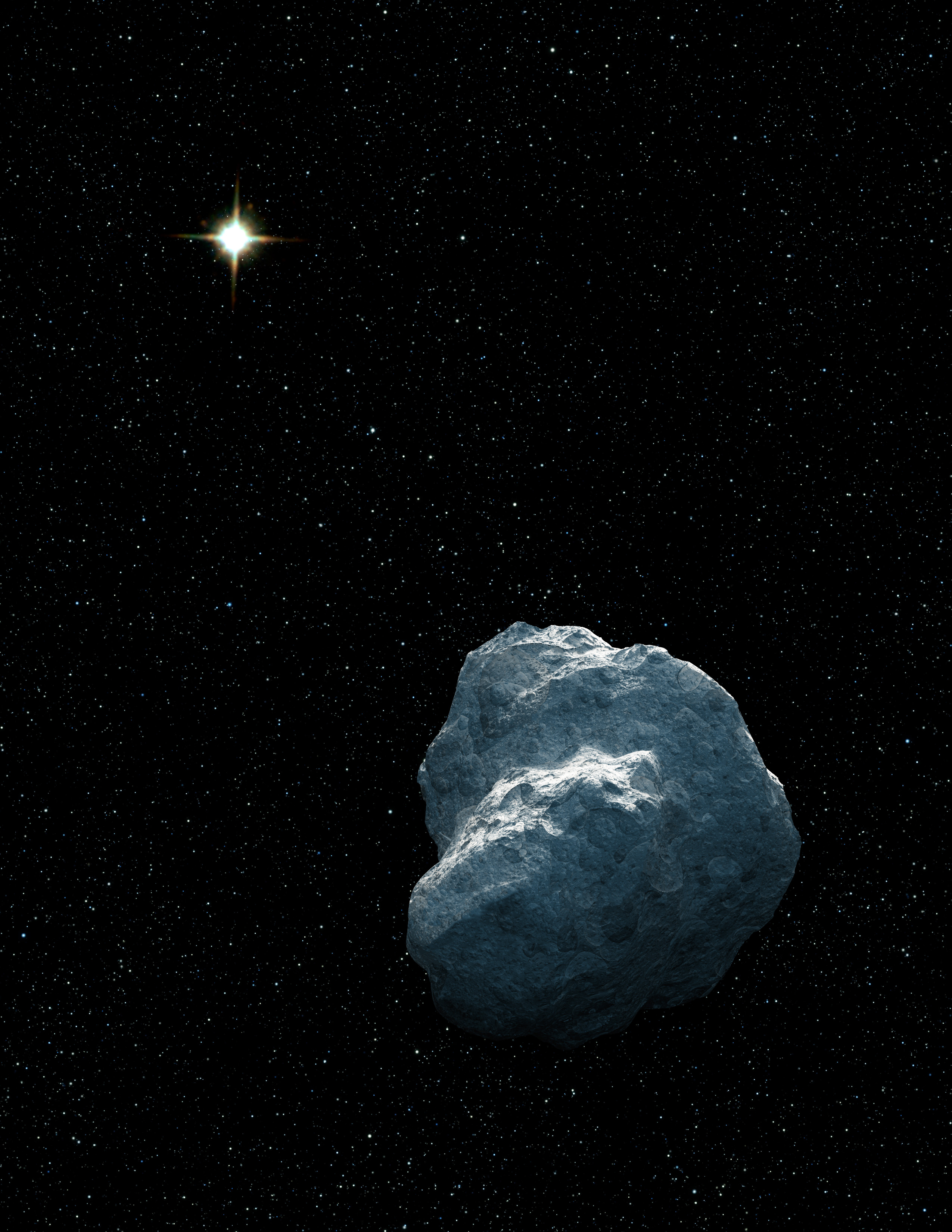
Hey Pluto, Sedna, Haumea, Makemake Et al.: You’ve got company!
While searching for distant galaxies and supernovae, the Dark Energy Survey’s powerful 570-megapixel digital camera spotted a few other moving “dots” in its field of view. Turns out, the DES has found more than 100 previously unknown trans-Neptunian objects (TNOs), minor planets located in Kuiper Belt of our Solar System.
A new paper describes how the researchers connected the moving dots to find the new TNOs, and also says this new approach could help look for the hypothetical Planet Nine and other undiscovered worlds.
Guess you never know what you’ll find once you start looking!
Continue reading “Over a Hundred New Large Objects Found in the Kuiper Belt”New Research Casts A Shadow On The Existence Of Dark Energy
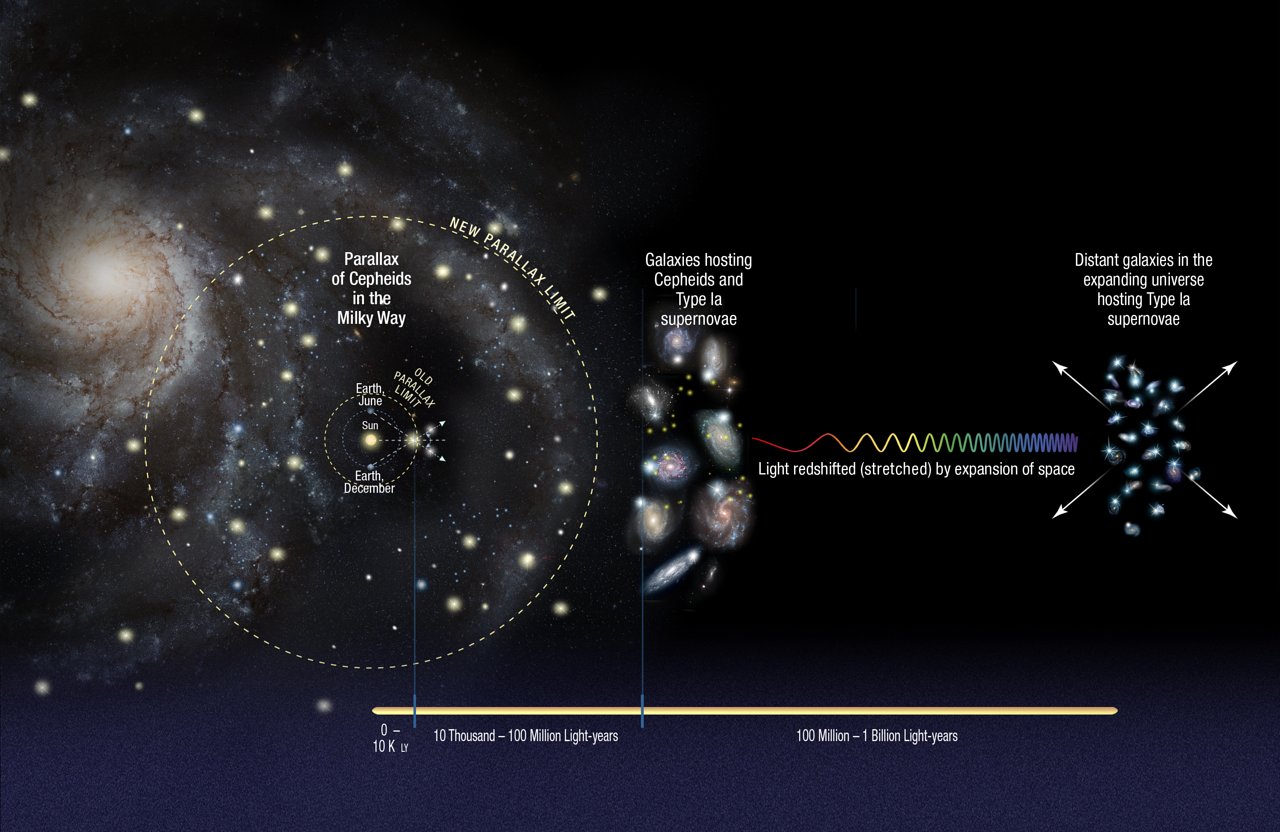
The universe is expanding. When we look in all directions, we see distant galaxies speeding away from us, their light redshifted due to cosmic expansion. This has been known since 1929 when Edwin Hubble calcuated the relation between a galaxy’s distance and its redshift. Then in the late 1990s, two studies of distant supernovae found that the expansion of the universe is accelerating. Something, some dark energy, must be driving cosmic expansion.
Continue reading “New Research Casts A Shadow On The Existence Of Dark Energy”New Telescope Instrument Will Watch the Sky with 5,000 Eyes

Dark Energy is the mysterious force driving the expansion of the Universe. We don’t know what dark energy is, even though it makes up about 68% of the Universe. And the expansion is accelerating, which only adds to the mystery.
A new instrument called the Dark Energy Spectroscopic Instrument (DESI) will study dark energy. It’s doing so with 5,000 new robotic “eyes.”
Continue reading “New Telescope Instrument Will Watch the Sky with 5,000 Eyes”Subaru Telescope Sees 1800 Supernovae
Japanese astronomers have captured images of an astonishing 1800 supernovae. 58 of these supernovae are the scientifically-important Type 1a supernovae located 8 billion light years away. Type 1a supernovae are known as ‘standard candles’ in astronomy.
Continue reading “Subaru Telescope Sees 1800 Supernovae”Meet WFIRST, The Space Telescope with the Power of 100 Hubbles
WFIRST ain’t your grandma’s space telescope. Despite having the same size mirror as the surprisingly reliable Hubble Space Telescope, clocking in at 2.4 meters across, this puppy will pack a punch with a gigantic 300 megapixel camera, enabling it to snap a single image with an area a hundred times greater than the Hubble.
With that fantastic camera and the addition of one of the most sensitive coronagraphs ever made – letting it block out distant starlight on a star-by-star basis – this next-generation telescope will uncover some of the deepest mysteries of the cosmos.
Oh, and also find about a million exoplanets.
Continue reading “Meet WFIRST, The Space Telescope with the Power of 100 Hubbles”Uh oh, a Recent Study Suggests that Dark Energy’s Strength is Increasing
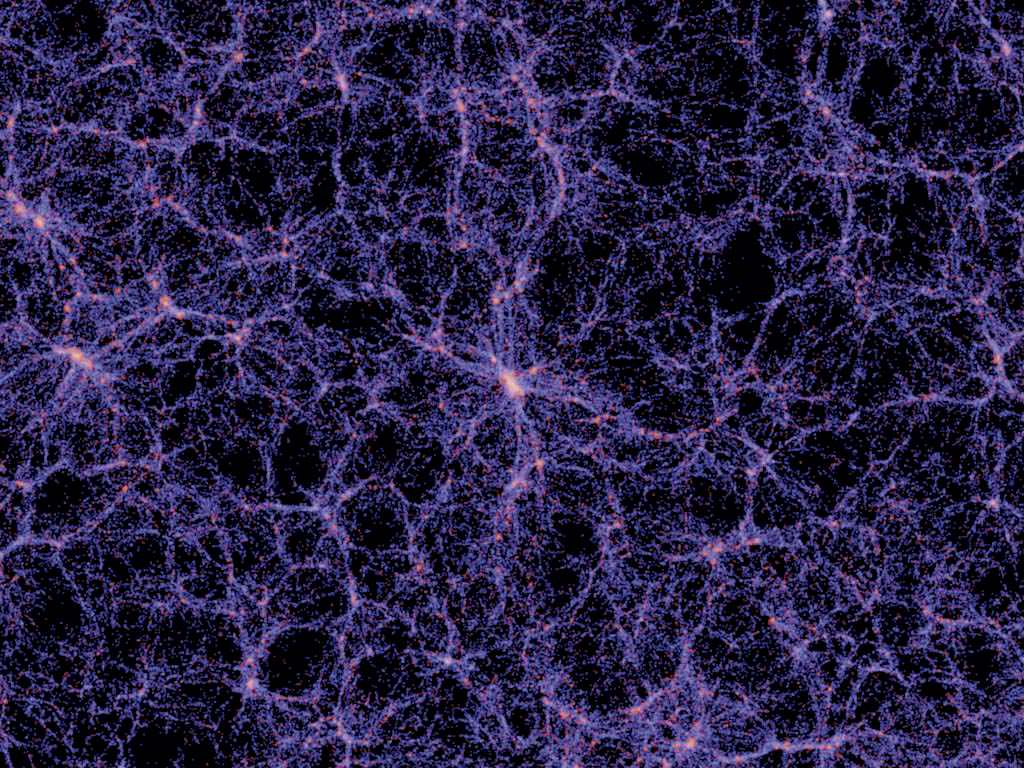
Staring into the Darkness
The expansion of our universe is accelerating. Every single day, the distances between galaxies grows ever greater. And what’s more, that expansion rate is getting faster and faster – that’s what it means to live in a universe with accelerated expansion. This strange phenomenon is called dark energy, and was first spotted in surveys of distant supernova explosions about twenty years ago. Since then, multiple independent lines of evidence have all come to the same morose conclusion: the universe is getting fatter and fatter faster and faster.
Continue reading “Uh oh, a Recent Study Suggests that Dark Energy’s Strength is Increasing”

